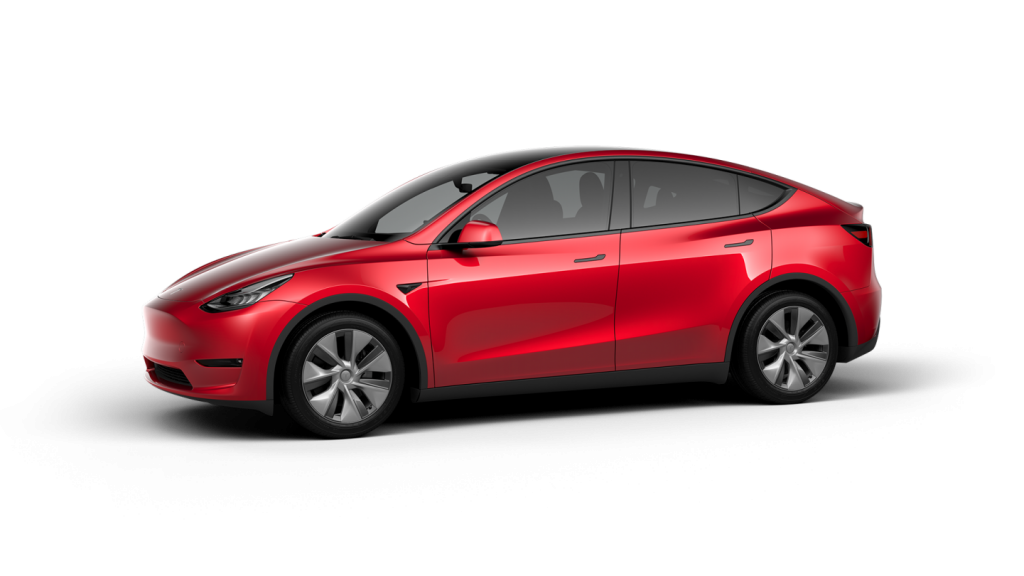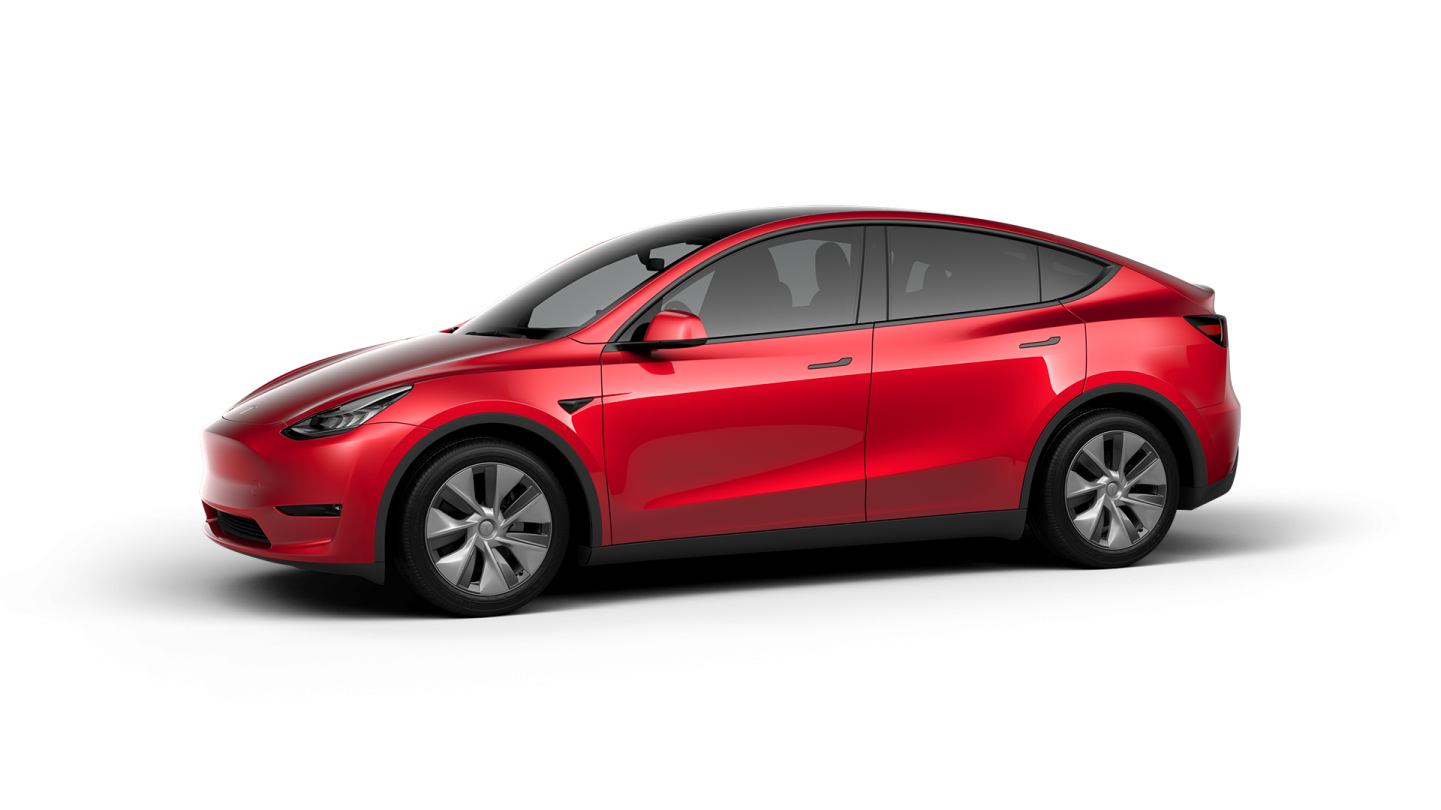I took some profits in my Tesla ($TSLA) position yesterday for the first time in 7 years. Technically, this was my second time taking profits, but the last I rolled my profit into Solar City ($SCTY), which was acquired by Tesla a year later.

Tesla’s share price was up over 50% on the week and up over 100% since the beginning of the year. This after a decent 30%+ gain in 2019. To me, the last week of action was an obvious “short squeeze” situation, making it a good time to take profits.
Another thing on my mind was the fact that Tesla stock is now about 10% of our net worth (minus the value of our business) and about 20% of my stock holdings across all of my retirement and brokerage accounts. I’m not too too worried about this. As Warren Buffet once said “If you have LeBron James on your team, don’t take him out of the game just to make room for someone else. … It’s crazy to put money into your 20th choice rather than your first choice.” Tesla is the Lebron James of my investment accounts.
The final thing I was thinking about was numbers from my Simple Tesla Model. A few years ago, I put together a simple spreadsheet to calculate the potential revenue, earnings, and share price of Tesla stock based on the production estimates Elon Musk was putting out. This is the first lesson I wanted to reiterate in light of the action in Tesla stock this week.
Lesson 1: Don’t forget Main Street. Build Real World Models of How The Businesses Behind Your Stocks Make Money.
It’s easy to get caught up in the numbers and calculations of Wall Street. What’s a good PE ratio for a certain sector? This company has grown sales at 50% per year and could continue growing 50% per year for the next 5 years. This kind of math is useful for comparisons and valuations, but you want to make sure you take a step back and think about what that company looks like in the real world (Main Street) after growing revenues 50% for 5 years. Is that REALLY possible?
At the time I built my simple model spreadsheet for Tesla, there were many people talking about how a valuation in the tens of billions of dollars didn’t make sense for a company like Tesla. Traders who were short the stock talked about how Tesla could never make enough money to justify their share price. But when I put my spreadsheet together, I found that if Tesla could sell 500k cars, they’d likely make $28B in revenue, which would justify a stock price as high as $517. If Tesla only got halfway there, they’d be worth much more than the $200 or so they were trading at in 2016.
To calculate in the risk of bankruptcy or larger failure, you would want to discount the price targets of the model to account for this, but we were already assuming Tesla would only hit 50% of their target, never grow past that, and never make money off their other business lines.
I’ve updated this model a couple times, most recently today. The current tab indicates a future share price of $494 if Tesla can hit about 392k cars sold this year. This is BELOW the current price of $734. And so I am much more comfortable selling Tesla stock when it’s trading above the values my models are spitting out.
Again, while I’ve updated the model to account for energy sales and service revenue, it assumes no growth in car manufacturing or those other business lines. If you plug in different numbers for where you expect Tesla to be 5 years out, you’ll get different targets.
I was also reminded of another important investing lesson:
Lesson 2: Stock Prices Go Up Even When Companies are Not Yet Profitable
Many investors have shied away from investing in Tesla because they feared the company would never turn a profit and thus eventually run into cashflow problems. Not even eventually, Tesla’s investments into the Giga Factory and in general have required them to raise money through special stock sales a few times in the past. Each time this happens, the value of your Tesla stock is diluted.
If you wait for a high flying companies to turn a profit before investing, you might be waiting a long time and miss out on huge returns. Another big winner in my portfolios has been Amazon, who famously hit almost exactly $0 profit each year for most of its existence. Only recently have they been showing a profit, and I would guess Bezos and Amazon would invest more to avoid that profit if they had things to invest in. (Or I don’t know, maybe they think they need the cash now.)
In any case, if you waited for Amazon to turn a profit, you missed a large gain from a well run company that is changing the world. The same can be said for Tesla. So how do you invest with confidence in a company that makes no profit? Here’s what I do.
First, I focus on revenues. As long as revenue is growing or likely to grow from current investments, I feel the companies stock is likely to grow in value as well. I lean toward valuation calculations based on revenue.
Second, I think about whether the company will be able to switch their focus from revenue to profits when they want to later. Will Amazon or Netflix be able to raise their prices? Will Tesla be able to lower their production costs? I tend to give these companies the benefit of the doubt unless there are very obvious concerns about this. You can choose to focus on the negatives, like when Tesla was forced to build cars in tents in the parking lot. Or you can focus on the positives that will drive higher production speed and higher sales margins. Things like removing purchase options that slow down production and figuring out the right mix of automated and human-powered labor will improve Tesla’s bottom line.
With more and more people switching to electric cars, Tesla continuing to own the electric car market, Tesla ramping up production in its existing factories and planning on building even more factories, the Model Y coming out soon, and so much potential in their other products… Tesla is set to potentially become a very large company making a lot of money. Tesla stock has generated a lot of returns for its investors and has a grand enough vision to continue doing that. That said, while the stock is temporarily inflated from a short squeeze, I booked some profits. Tesla is still a large percentage of my investment accounts, and I will continue to try to add to my position if and when the stock’s price falls below my fair value calculations.
